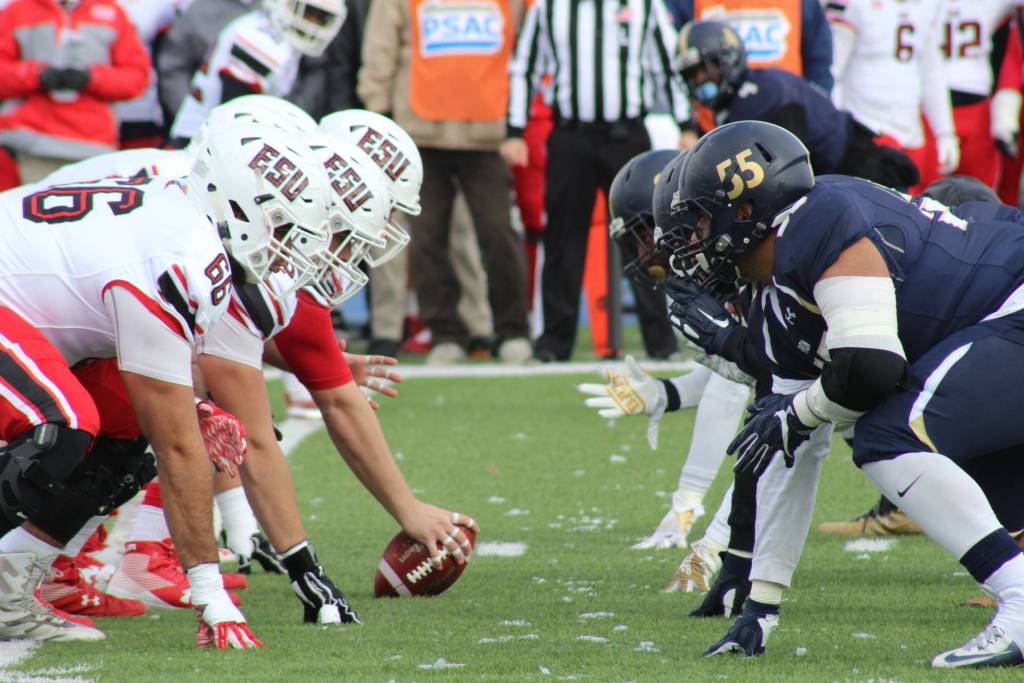Recent sports technology innovations have completely changed the sporting world. They’ve made sports better for both spectators and players.
To learn more about how new sports technology is altering the way we play and watch games, read on.
Sensor Technology
Technology has made it possible to track a variety of parameters during a game or race. There are now sensors for almost every sport imaginable.
One example is the Easton Power Sensor. This device attaches to a baseball bat and measures swing speed, power, directionality, and more. The Zepp 2 Golf Sensor enables 3D modeling of your golf swing. In addition, other sport-specific sensors are transforming athletes’ perceptions of their game.
These sensors give athletes access to a variety of data. They can then utilize this data to improve their overall game.
Professional leagues will soon establish a system that can precisely measure if a goal or score is genuine. They will do this based on whether the ball or puck crosses the goal line.
Sensors have also revolutionized professional sports. This is allowing us unprecedented access to advanced statistical data. Teams employ advanced metrics to inform scouting, personnel decisions, and much more. In addition, these new analytics allow fans to go deeper into player performance.
Wearable Technology
Wearable technology isn’t new in sports. However, improvements in sensor technology and accuracy have revolutionized the fitness tracker business. It is making wearable tech one of the largest sports technological advances.
A decade ago, sportsmen and fitness fanatics wanted to measure basic workout stats. They had to rely on bulky, unsightly, and impractical gadgets. Wearable tech is now so beautifully designed and useful that it has entered fashion.
High-end fitness wearables correctly track parameters like steps done, stairs climbed, calories burned, and more. These devices can even track your sleep and give you valuable insights into those habits.
As technology advances, so do the gadgets it powers. The FDA has classified the new Apple Watch as a class II medical device. This is due to its increased cardiac monitoring and ECG capabilities. Furthermore, Apple is not the only firm using these technologies in sports; other big manufacturers are doing the same.
Video Assistant Referee (VAR)
VAR made its debut at the 2018 FIFA World Cup. It has now been approved by UEFA and the Premier League.
VAR, or video assistant referee, uses new sports camera technology to improve refereeing. With VAR, a control room referee crew examines and corrects every missed or non-called call in the game. This includes goals, penalties, and misidentifications.
As any soccer fan knows, the field referees are far from ideal. We, as supporters, want to see the best team (or athlete) triumph. VAR helps referees make proper calls every time, ensuring a fair game. VAR has transformed practically every major sport, from hockey to tennis.
These systems aren’t flawless, as fans point out. However, as new sports technology emerges, we can expect systems like VAR to become 100% efficient. In the future, video replay systems will be combined with in-game sensors to provide a clearer image of what is happening in-game.
Reflexion Technology
This article focuses on the physical side of sports technology. However, every athlete will tell you that the mind is as important as the body in their success. Reflexion is a revolutionary solution that helps athletes of all levels enhance their mental cognition.
An athlete can use The Edge device to train cognition as part of their existing program. Athletes can employ Reflexion between sets or drills in the weight room. They can use Reflexion to stay mentally and physically fit by participating in a variety of activities.
Your reaction speed and accuracy are measured by Reflexion’s capacitive touch panels. Strengths, shortcomings, and critical areas for improvement can be identified.
Furthermore, this data is provided in a user-friendly variety of charts, graphs, and statistics via the dedicated iOS app. This groundbreaking technology helps athletes balance their physical and mental performance. Reflexion may also assist athletes to recover from concussions and other head injuries.
Protective Gear
From helmets to cleats, new sports equipment technology has altered the way sportsmen are protected.
Manufacturers are combining years of crash data with new materials to create safer and more comfortable helmets. Similarly, the same goes for gear makers. These innovations offer athletes the safety gear they require without compromising their performance.
Virtual Reality
Virtual reality was already being hailed as the next great thing in entertainment when it came to sports.
Thirty events were shot with VR cameras in Pyeongchang. For those with VR gadgets, these cameras provide a wealth of live streaming alternatives. In addition, the NBA has also been experimenting with virtual reality material.
Aside from the audience, virtual reality is having a big impact on athletes. There are platforms for almost any athlete. Additionally, professional and college teams are creating their own training platforms to improve players’ practice regimens.
Streaming Technology
Almost every major entertainment source now offers digital streaming.
The sports world has been dabbling in streaming for years. However, things recently came to a head with ESPN+ and DAZN. These services allow fans to view live games and exclusive material from anywhere in the world. Streaming services will continue to have a huge impact on how people consume sports in the future.
Finally:
In addition to sensors and wearables, groundbreaking sports technology breakthroughs have revolutionized the way everyone engages with sports.
Athletes, coaches, managers, and spectators are now all part of the game. Sports technology is helping everyone enjoy their favorite sports and activities. As a result, there is a lot of excitement about the future of technology in sports.













